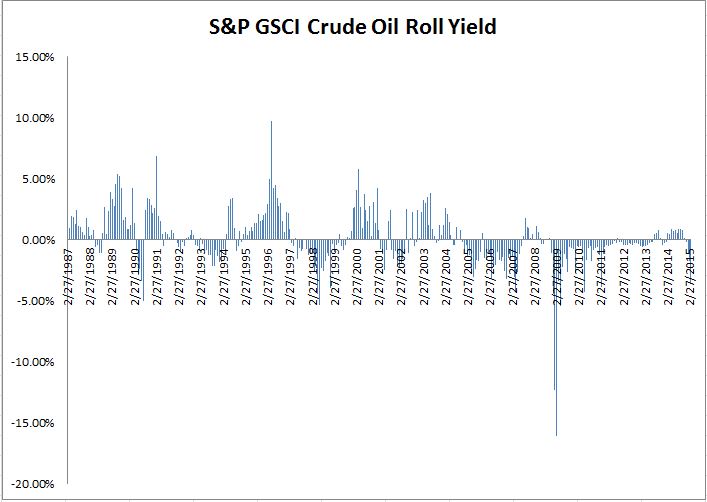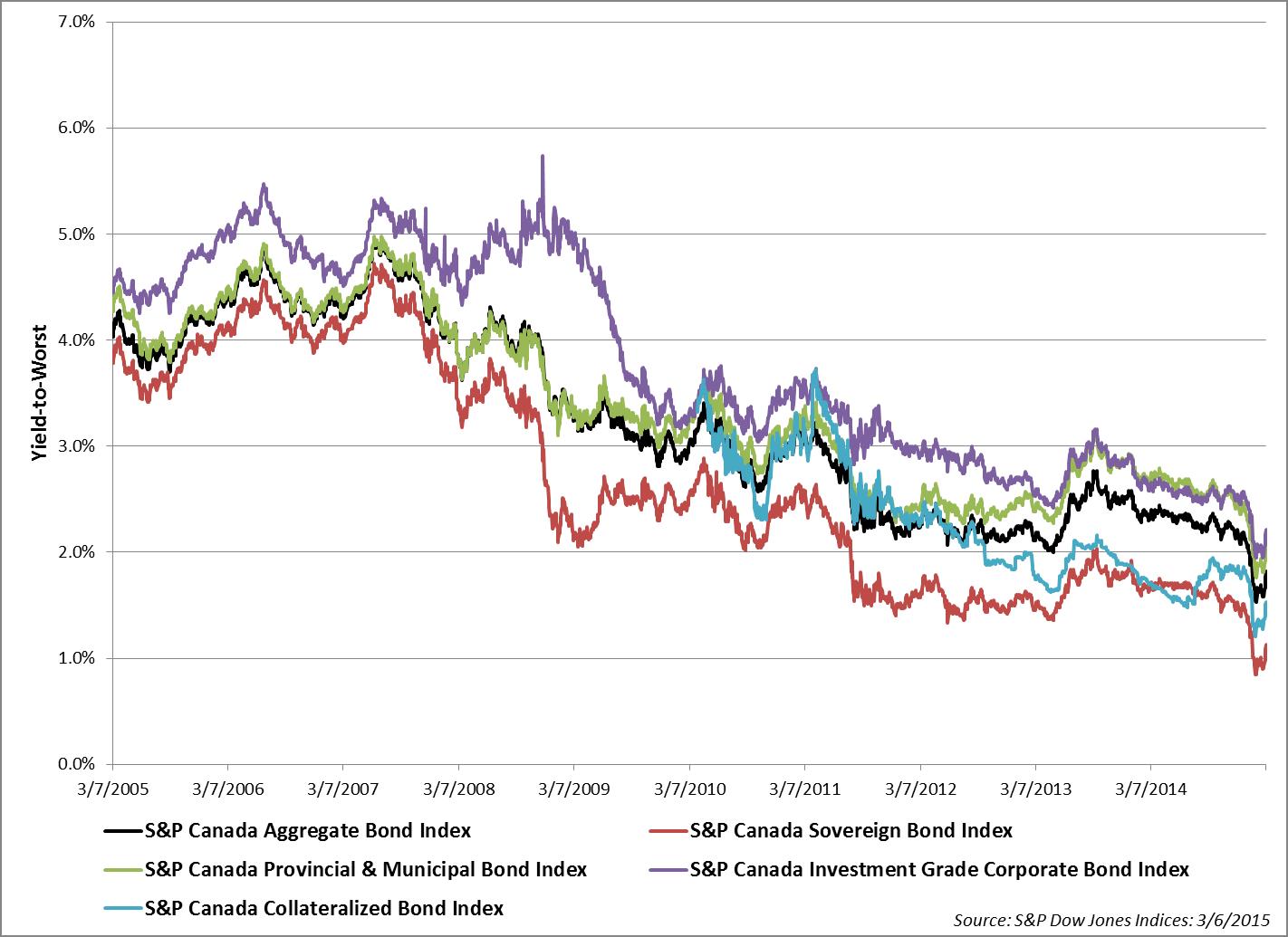When we began our Financial Advisor Channel initiative 5 years ago we had doubts about how some advisors would take to SPIVA. SPIVA is our index vs active research and stands for S&P Indices Versus Active. Published every six months, SPIVA compares S&P index benchmarks against all mutual funds of the same size and style classification. The concern we had centered on how predominantly financial advisors were using managed mutual funds. Would they view our attempts to show them our SPIVA results as a challenge to the way they invested money for clients?
We decided to move forward with SPIVA education for advisors very humbly. Many of the advisors we met with had run their practice successfully for decades. Then and now, we listen to how they manage money, and where appropriate, we share the results of SPIVA with them. We continue to find that many advisors are familiar with SPIVA, and most agree that SPIVA shows them that it is hard for mutual fund managers to outperform the S&P 500. The degree to which they believe that indexing works in other asset classes varies. But if they tell us that they believe indexing works a little, then that opens the door for us to continue to have discussions with them and to send them SPIVA research every 6 months.
As we traveled across the US, we found some financial advisors using SPIVA in exciting ways that we really hadn’t expected to see.
Phil Dodson, a Houston, Texas-based Merrill Lynch Private Banking and Investment Group Advisor, began to use Exchange Traded Funds (ETFs) in earnest around 2003 following the NASDAQ collapse and due to disappointment with active managers through the 2000-2002 bear market. He and his partner developed rules-based strategies using ETFs to provide downside protection while capturing as much upside growth as possible. Phil uses S&P SPIVA data to show potential clients how effective ETFs which track S&P size and style are as investment tools. Within his presentation, Phil also uses data from our S&P Persistence Scorecard. That research demonstrates how difficult it is for top-quartile and top-half performing mutual funds to maintain that ranking over the course of time. Phil’s point being that if it is difficult to outperform the benchmark, and those which do find it difficult to maintain, then why not adopt the method of investing by using the index-based ETFs rather than mutual funds as the primary building blocks for asset allocation?
In the second part of this blog series, I will share how two other Financial Advisors embraced SPIVA.
Our 2014 end of year US SPIVA report, published this week, breaks new ground. For the first time, we present 10-year numbers. This new section of our US SPIVA analysis will enable financial advisors to perform robust analysis across business cycles of comparative performance of index vs active.
The posts on this blog are opinions, not advice. Please read our Disclaimers.
















































